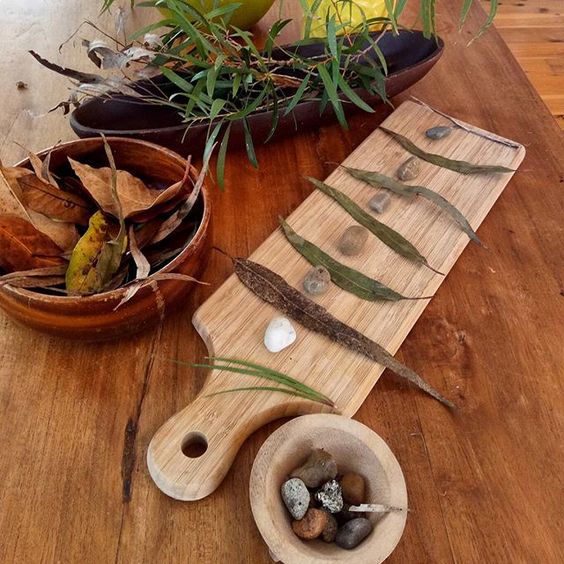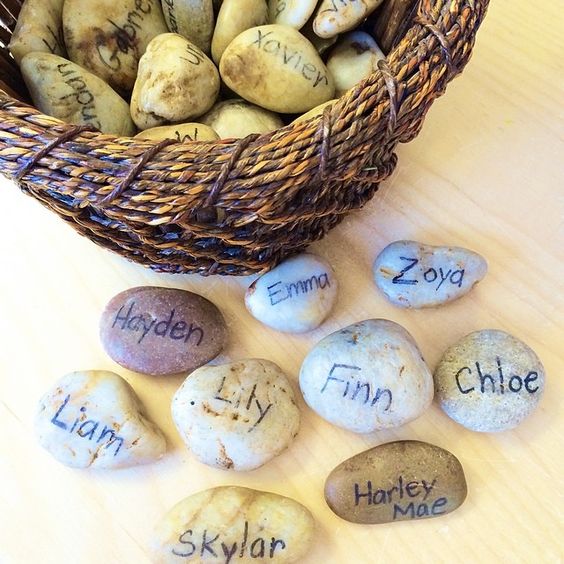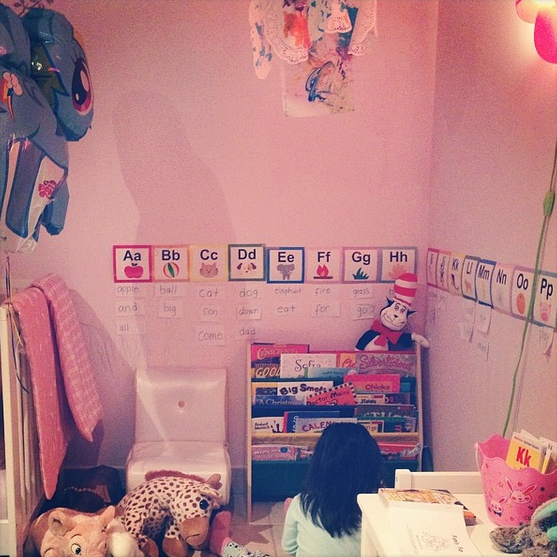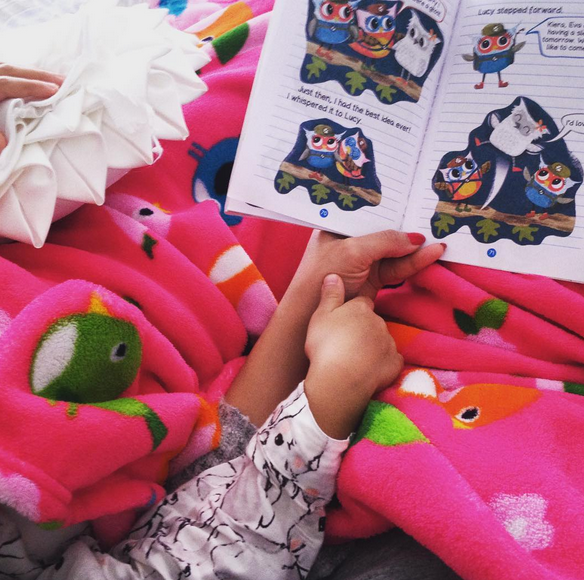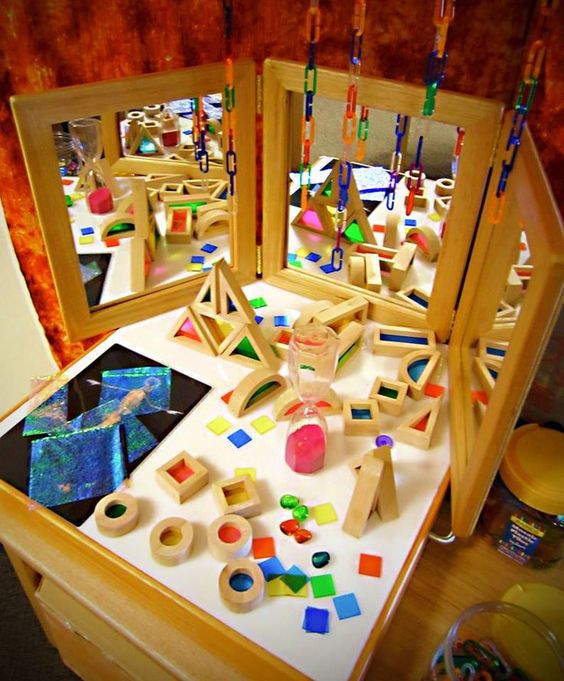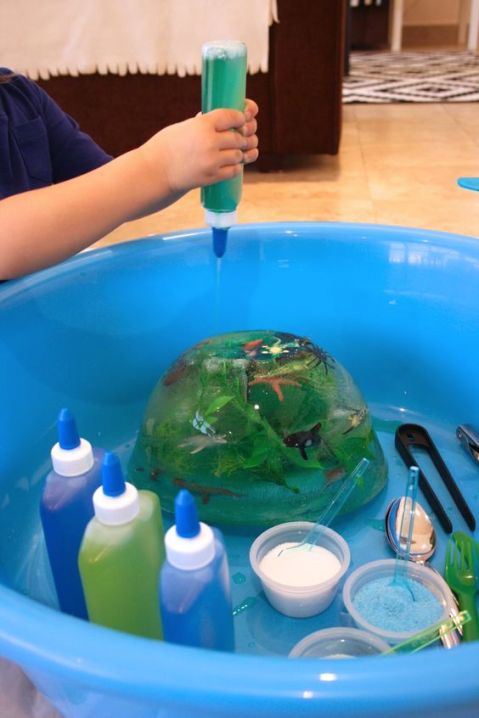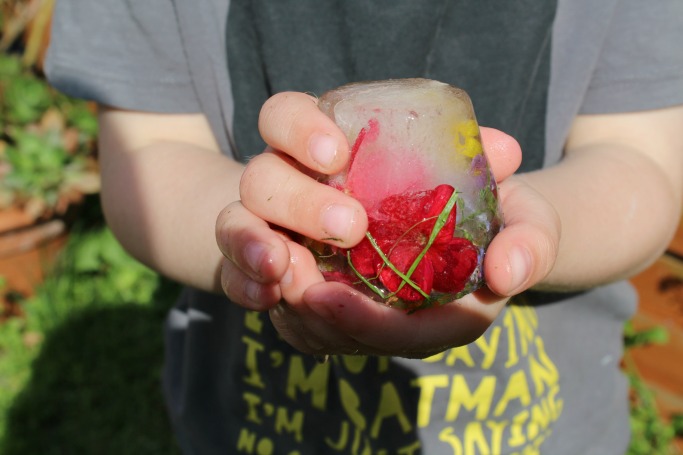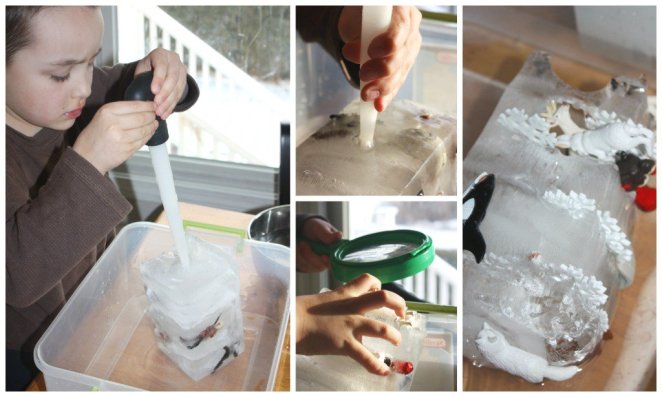Reading children’s books and sharing them with my students and daughter has been one of my favourite past times both at home and in the classroom. I find it very calming and pleasing to share a storybook. After reading various titles, I have come to appreciate the authors careful and intentional story writing, its fascinating to read a story and be so moved by their writing… even as an adult! This blog post is dedicated to three stories I have read and been moved by.
Social-Emotional Intelligence:
the ability to understand ourselves and other people, and in particular to be aware of, understand and use information about the emotional states of ourselves and others with competence. It includes the ability to understand, express and manage our own emotions, and respond to the emotions of others, in ways that are helpful to ourselves and others.
Book: “What I Like about Me”
By Allia Zobel, Miki Sakamoto
Kinde Korner “All About ME Provocation!”
During the first month of school, Kinde Korner’s goal as educators is to learn more about the children they will be working with over the year. In addition to completing assessments, interviews, and observations of the children during play, they set up a provocation or invitation to learn “About Me.”
This is one of my favorite books. I enjoyed reading this book to my group of ECA/ECE students. The books central theme is diversity and uniqueness (it is okay to be different since that’s what makes us, who we are). At the end of the book there is a mirror children could use this as a learning experience or an opportunity to facilitate discussion. In my classroom I passed around the book and had my students look in the mirror while sharing what the liked about themselves.
Book: “Only One You”
By Linda Kranz’s (Author and Illustrator)

Metal Insects “There’s Only One You (2011 art show)”
This book quickly became an art show choice for the educators teaching 3-6 Montessori in Maitland, Florida. Its overflowing beauty instantly captivated them from the beginning with the uniquely painted (rock) fish placed against the vibrant blue seas and picturesque skies. In addition to visual beauty they mentioned how enchanted they felt by the endearing message the story delivered. It carries an uplifting message of hope and goodness and offers simple but invaluable wisdom. The principles in this book are ones they have always tried to nurture in the children.
Personal Reflection:
Only One You, is a beautiful story about the lessons parents share with their children. Adri is a young fish that is ready to begin his own life and his parents want him to take with him the wisdom they have learned. My favorite part is when Adri’s mother says, “We hope you will remember” and the young fish circles back to let them know that he will not forget. The life lessons that children will learn from reading Kranz’s book include the importance of individuality, how you can change paths after making a mistake and the respect that parents deserve.
Book: “Stick and Stone”
By: Beth Ferry

Diane Kashin Technology Rich Inquiry Based Research
In one of Diane Kashin’s inspiring workshops was an invitation to engage in experiences based on the book, Stick and Stone, in her blog post she discusses her reflections on invitations– and why not all of her invitations are responded to – leading her to reflect on which are and why?
Personal Reflection:
Stick and Stone is the perfect picture book for teaching children about using words that uplift versus words that hurt. It communicates how to look out for friends and take a stand and how friendship should be a balance of give and take. The simple language and rhyming words make it easy for young children to understand. Even though there are few words on each page, Stick and Stone introduces vocabulary such as “vanish, wander, explore, and laze” to children. This book exemplifies a story of true friendship, and helping one another. I would use Stick and Stone to start a conversation with my class about how to treat others.

